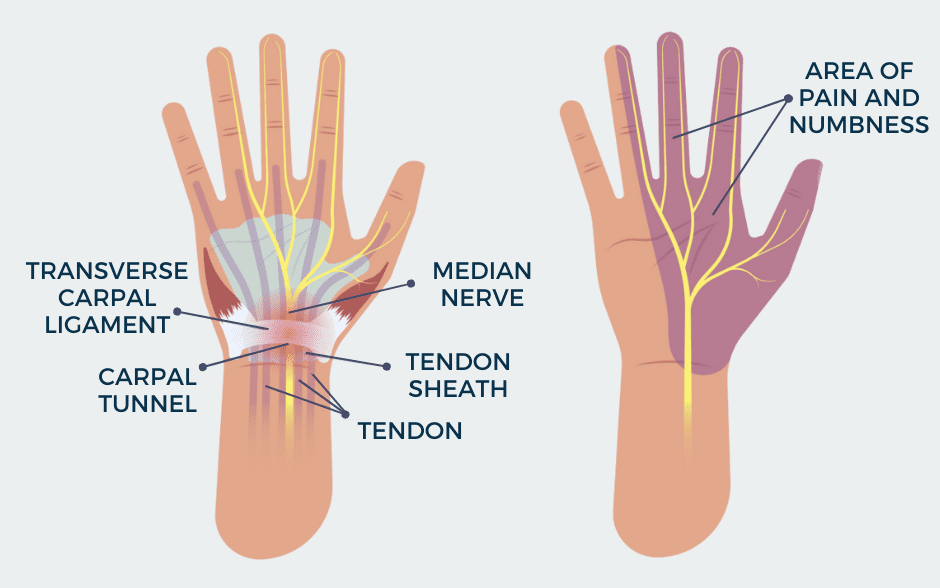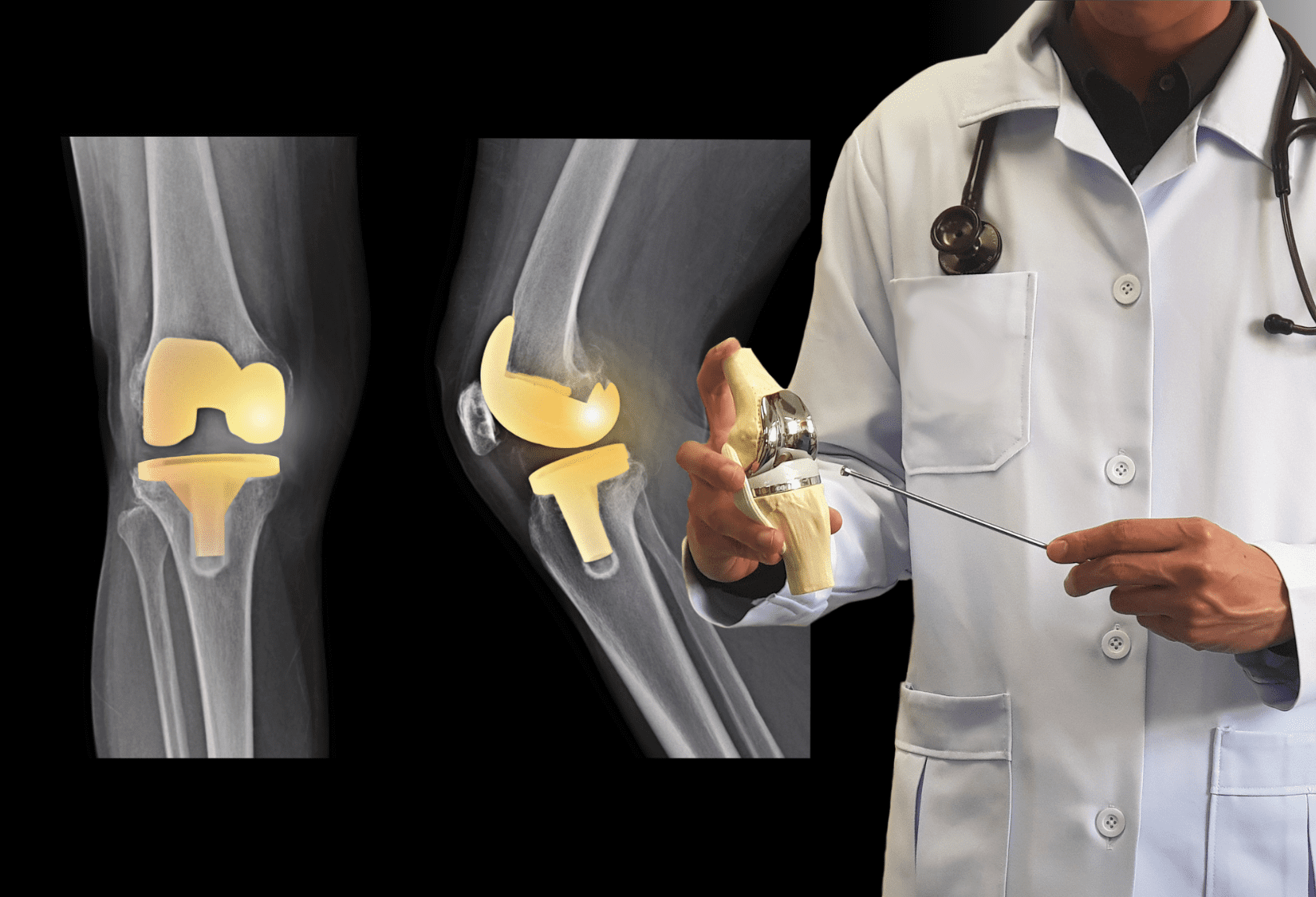strikes at the most unexpected moment, causing excruciating and stabbing pain in the back, often radiating all the way down to the foot. It makes it difficult to sleep, bend down, in acute cases, even walk. Sciatica – a nightmare afflicting 40% of people, has an unpleasant tendency to return. What is its cause and how is it treated?
Sciatica is a syndrome associated with the compression of the sciatic nerve, the largest peripheral nerve in the human body. The pain radiates from the lumbosacral spine, through the buttock, to the foot. Sometimes an episode of shooting pain is accompanied by other symptoms such as foot drop or numbness in one of the legs as well as a burning or tingling sensation in the leg.
Causes of Sciatica
Between the vertebrae of our spine are located fibrocartilage discs with gelatinous nuclei. They provide cushion, resilience, and shock resistance to our bodies. Over time, the cushioning abilities of the discs weaken, and the spine becomes less and less resistant to loads. Unfortunately, age is not the only thing that affects the condition of intervertebral discs. The lifestyle, type of work, and diseases also play an important role.
Degenerative diseases of the spine, spinal torsion, or discopathy can lead to pressure on the nerve roots, resulting in a sciatica episode. Pressure can also be caused by excessive body weight and a sedentary lifestyle. People who are not very physically active have a high chance of experiencing a sciatica episode at some point in their lives. With a diet poor in calcium, mineral salts, and vitamins, the chances of getting sciatica increase significantly. Diseases such as diabetes, which increases the risk of nerve damage, also have an impact on its development.
Due to the overloading of the spine, pregnant women and people who engage in excessive physical exertion are particularly prone to sciatica episodes since weak back and abdominal muscles are unable to support the spine and the intervertebral discs begin to bulge. Other fairly common causes include improper lifting of heavy objects or driving for long periods of time. Sometimes sciatica develops in people who have exposed themselves to rapid cooling of the body – such as lying on cold surfaces or jumping into cold water on a hot day.
One of the potential reasons for developing sciatica may also be the locking of one of the two sacroiliac joints. This leads to a strong spasm of the surrounding tissues, including the piriformis muscle, which by pressing on the sciatic nerve, leads to its dysfunction. It can also be caused by inflammation or stress of the internal organs of the abdomen and pelvis. Problems with the lower gastrointestinal tract, past surgeries, or oncological treatments can also result in problems with sciatic nerve and pain. Fortunately, our therapists at P D Rehab know how to treat these problems without the need for strong painkillers or surgery.
Treatment
Stan came to the PD Rehab clinic when the pain he experienced from sciatica was already very high. The pain began in mid-November after he lifted a heavy box. At first, he tried home remedies like hot packs and ointments while still going to work. For the first few days, the pain, as is typical for this condition, came and went, giving the impression of improvement. Unfortunately for Stan, the long commute and many hours of work standing on his feet caused his pain to increase to the point where no painkillers could relieve it. It was only then that he decided to seek physical therapy. An evaluation showed that one of the sacroiliac joints was locked resulting in a very strong muscle spasm. The therapist initially used a cold pack and electrical stimulation to reduce swelling and improve circulation to the affected part of the body for pain relief. This was followed by manual therapy treatment, which included the use of the Strain Counterstrain technique. This is a very gentle soft tissue manipulation that is effective in treating pain, weakened muscles, inflammation of tissues within the pelvis and abdomen, and limited range of motion in the sacroiliac joints or vertebrae. The therapist also used a cold laser, which has an anti-inflammatory effect. An important part of the therapy was also an exercise plan tailored to the patient’s unique needs.
Sciatica treatment should certainly not be underestimated. If a patient is diagnosed with acute inflammation, it can take 5 – 6 weeks to heal. Prevention also plays an important role, as sciatica tends to relapse; up to 75% of patients experience a recurrence of this painful condition.
Prevention
Sciatica takes a long time to cure so it is important to prevent it by taking proper care of the spine. We should remember this during our everyday activities. When lifting heavy objects, let your legs do the work. The back must be straight and the weight must be kept close to the body. Your knees should be bent as well. If your job requires you to stand for long periods of time, you should occasionally rest one leg on a small stool or even a box. People with seated jobs should take care of the correct sitting posture – a swivel chair with good lower back support and armrests is essential.
Proper sleeping habits are also important. The mattress should be firm enough to provide even support for the back, the pillow should be small, and the sleeping position should be straight and not curled. Physical activity is also extremely important. You should seek properly selected exercises to strengthen the muscles of the back and abdomen so that they provide support for the spine and prevent sciatica.



















